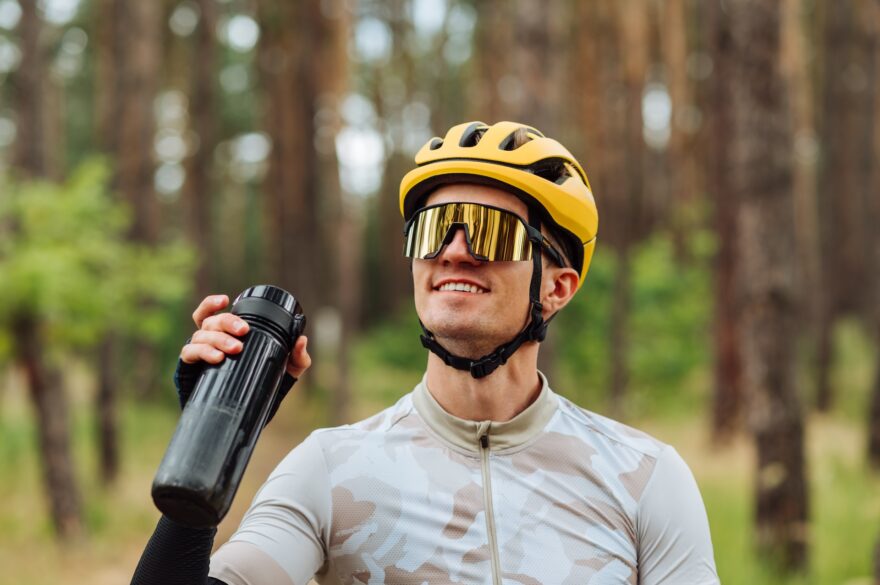
Essential Tips for Sanitizing Your Cycling Water Bottles
Water bottles are an often overlooked element of cycling kit. But keeping your bottle clean isn’t just about avoiding that funky taste; it’s crucial for your health. Let’s chat about the best ways to keep your cycling water bottles clean and germ-free. Water bottles should be washed just like any other cup you drink from, especially if you use energy drinks. If left on your bike between rides, especially when stored in a hot garage, your water bottles can turn into a nasty breeding ground for bacteria and mold.
MTBR’s Nutrition and Hydration Forum has a good discussion about water bottle hygiene. Here’s what fellow mountain bikers recommend: Give your bottle a good rinse after every ride. Pour out any leftover drink. Next, remove the lid, cap, and any other parts. Rinse everything with warm water to get rid of any residue. Finally, let all the parts air dry completely. Moisture is the enemy here.
A simple rinse isn’t always enough, especially if you like sports drinks or if you have been riding in muddy conditions. Once a week, go for a deeper clean. Grab your gear: warm water, mild dish soap, a bottle brush, and white vinegar or baking soda. Take apart all the parts. Fill the bottle with warm, soapy water and let it soak for a few minutes. Use a bottle brush to scrub the inside, especially the bottom and any nooks. Use a small brush or toothbrush to get into the crevices of the cap and lid. Rinse everything really well to get rid of the soap. To sanitize, fill the bottle with a mix of one part white vinegar to four parts water, let it sit for a few minutes, then rinse well. Alternatively, use a teaspoon of baking soda with water. Finally, let everything air dry.
Most cycling water bottles are dishwasher safe, but be sure to check the manufacturer’s guidelines. Stick it on the top rack, spread out the parts, and use a gentle cycle with mild detergent.
Got some stubborn stains or funky smells? Try these tricks: Mix baking soda with water to make a paste, scrub the inside, then rinse. Fill the bottle with lemon juice and water, let it sit overnight, then rinse. For really tough cases, you might be tempted to use a diluted bleach solution, but this can degrade the lining of the water bottle. If you need to report to bleach, you’re probably better off replacing the bottle.
While these homemade remedies generally work, many cyclists also swear by Bottle Bright Cleaning Tablets, which are great at breaking up sticky sports drink residue and work well on hydration bladders.
Water Bottle Cleaning Pro Tips
- Keep ’em Separated: Use a different bottle for sports drinks to avoid transferring odors and stains.
- Avoid Heat: Don’t leave your bottle in the sun or a hot car, or in your garage between rides. Doing so can cause bacteria to grow and degrade the material. Only put water bottles on the top rack of your dishwater to avoid warping and degrading the plastic.
- Replace Regularly: Even with good cleaning, bottles wear out. Specialized water bottle brand Purist recommends replacing water bottles every 12 months if used frequently.
 Your Privacy Choices
Your Privacy Choices